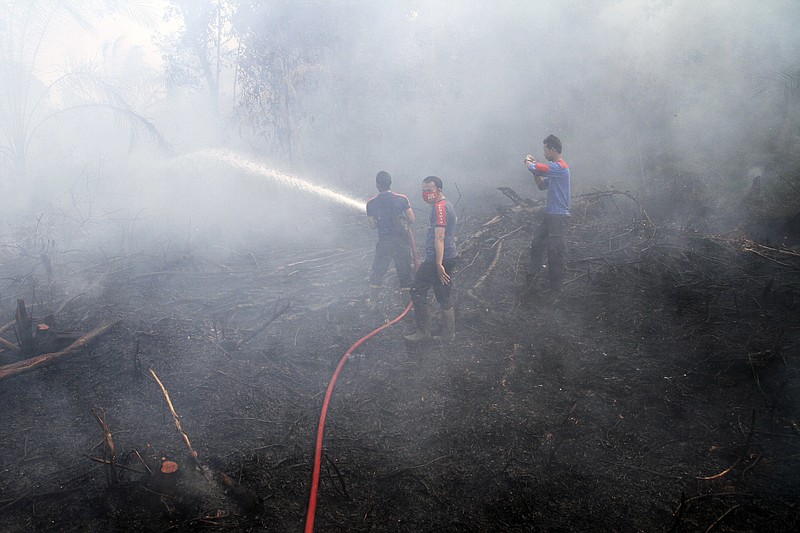WASHINGTON (AP) - A NASA satellite has found another thing to blame on El Nino: A recent record high increase of carbon dioxide in the air.
A study published Thursday in the journal Science found that the super-sized El Nino a couple of years ago led to an increase of 2.5 billion tons of carbon into the air. The effect was so large that it was the main factor in the biggest one-year jump in heat-trapping gas levels in modern record.
El Nino is the natural warming of parts of the central Pacific that affects weather around the world. The NASA satellite showed that El Nino made it more difficult for plants to suck up man-made carbon emissions and sparked fires that released more carbon into the atmosphere.
